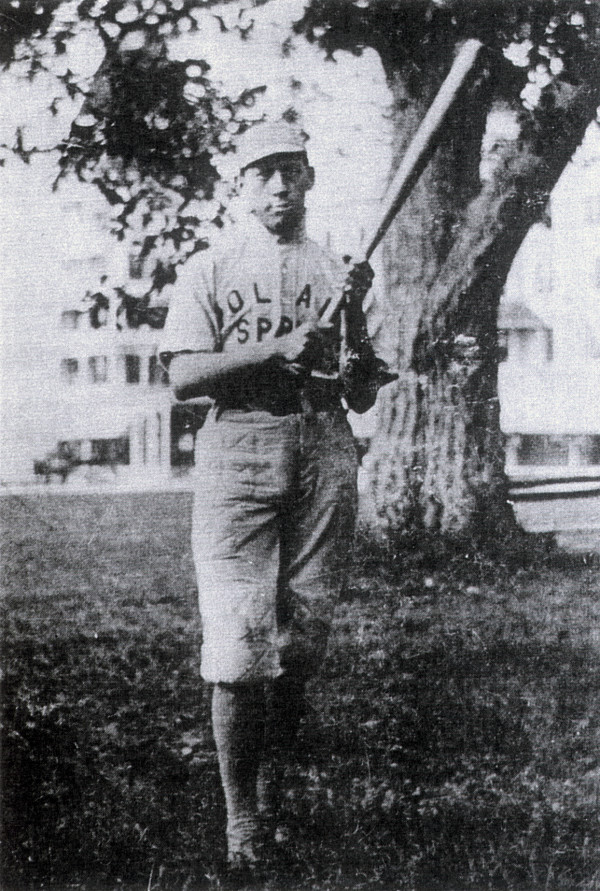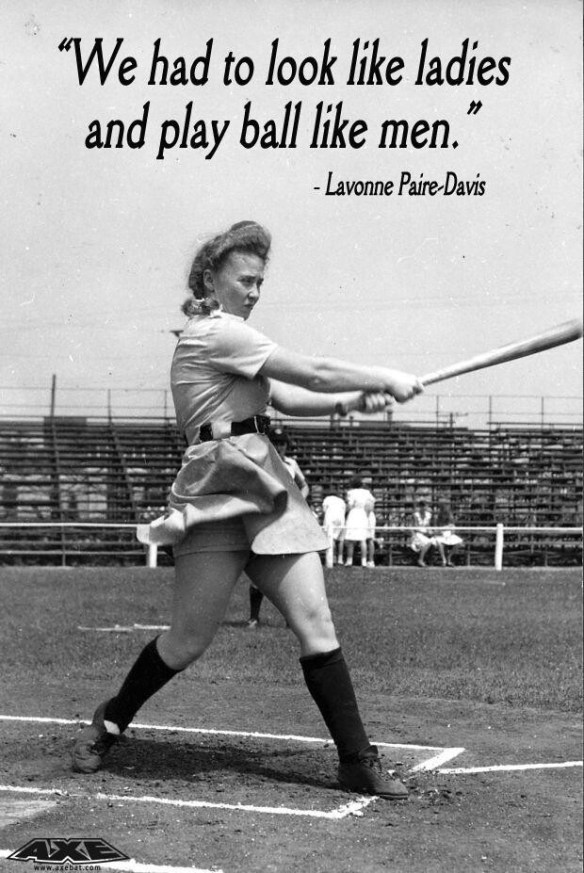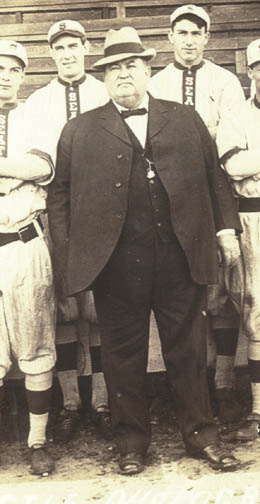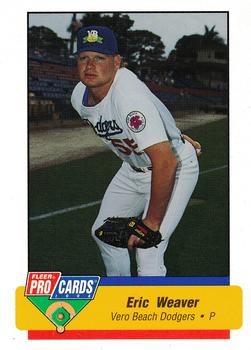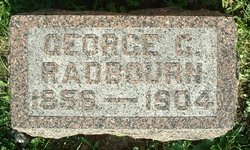Baseball History- How Cleveland Become the Indians
This story begins on October 24, 1871, with the birth of Louis Sockalexis. He was a member of the Penobscot Indian tribe in Maine. He grew to be six feet tall and had a muscular build in which he would use to become a spectacular athlete in his youth. He was the best athlete among his peers and went on to play semipro baseball and that was when he got noticed.
In 1894, he played baseball at Ricker Classical Institute in Maine and also played on various teams during the summer. One of his teammates, Mike Powers, convinced Louis to enroll at Holy Cross to play baseball. Sockalexis was a Catholic and a decent student and quickly was accepted.
He proceeded to bat .436 in 1895 and .444 in 1896 for the Holy Cross team. Along with that, he was a star athlete on the first football team in 1896 where he excelled as the running back. In the spring, he ran track and many days he won as many as five first-place medals. However, it was baseball that he got the most notice playing. It has been reported a few professors measured one of Sockalexis’ throws and claim he tossed in 413 feet.
The major league teams had a keen interest in him but the Cleveland Spiders had two players that had direct connections to Holy Cross athletics. In 1896, Sockalexis and Powers left school and enrolled at Notre Dame University in South Bend, Indiana. He lasted no more than three months before he was kicked out of school as they both got into a fight at a tavern over a girl and basically destroyed the place.
With no college affiliation and no baseball, he signed with Cleveland in the winter and worked hard on training in the off-season to make the club in the Spring. He showed up in top shape and impressed manager Patsy Tebeau so much that he made the squad. One sportswriter was impressed with the Penobscot Indian player and referred to the team as “Tebeau’s Indians.” The name didn’t stick but it planted a seed for later in baseball history.
Spring training was a time for Sockalexis to impress the baseball world. The Spiders played their first intrasquad game on April 2. Tebeau divided the team into the “Indians” and the “Papooses,” and Sockalexis, batting cleanup for the Indians, drilled three hits, scored three runs, and threw a runner out at the plate from deep right field. He was a wonder.
Things went well until early July when it was discovered Sockalexis has a huge problem with drinking alcohol in excess. That evening it is said he either jumped or was pushed out of a second floor window at a brothel that he frequented and promptly injured his ankle very badly. When he got back to the club, he was sent to a doctor that put a cast on it for almost a week. While his team was on the road, he was drinking every night a the local tavern.
There are stories galore from here on out about how he lost his baseball skills as they eroded due to inebriation. He dropped fly balls, he couldn’t run the bases properly and now moved from team to team trying to hang on in baseball but to no avail. He left baseball in 1898 and went back to Maine to play on some local teams. He played in 94 major league games.
Back in Maine, he tried to teach other children to play baseball even after taking a job in the logging industry cutting down trees. But at the age of 42, he suffered a heart attack and died. In 1915, team owner Charles Somers was looking for a new name for his team when he decided to revive the name that was given almost 20 years before and called it the Indians.

